 Autumn has crept into our region with glorious colors and shades. We’re starting to get heavy rains here, but for the past few days the nights were crisp, days were sunny and mild, and leaves seemed to be changing day by day. Every errand, every trip around town is color-infused. I feel like the autumnal palette of golds and scarlet and russet is lifting me up after sorrowful weeks and months in this country. I so appreciate how the seasons can anchor us, don’t you?
Autumn has crept into our region with glorious colors and shades. We’re starting to get heavy rains here, but for the past few days the nights were crisp, days were sunny and mild, and leaves seemed to be changing day by day. Every errand, every trip around town is color-infused. I feel like the autumnal palette of golds and scarlet and russet is lifting me up after sorrowful weeks and months in this country. I so appreciate how the seasons can anchor us, don’t you?
Last Saturday I met a friend and we attended a showing of the Metropolitan Opera transmission of Norma in a movie theater. I’ve never followed opera though it’s always interested me. In recent years I’ve been hearing haunting arias in different films and when the film ended I’d sit as the credits rolled trying to identify the music that had stirred me. I decided to learn more about opera and discover the source of those arias.
In this series a host is backstage at the Met and interviews the stars, the management, the director so the theater audience gets a delicious behind-the-scenes peek into how the show is staged, the director’s research, and how the stars prep for the performance. Joyce DiDonato is playing Adalgisa in Norma and the host asked her about the highlights in the second act. She mentioned a duet that was coming up where two principles sing the sang melody, but are singing different lyrics and are feeling different emotions.
And her comments set me to thinking. I’d witnessed this dynamic in the first act, but her suggestion clarified the power behind those soaring duets. Something similar is happening in many fiction scenes if you think about it. Often the best scenes pit two characters with different agendas and reactions against each other. A classic is this “Snap out of it!” exchange in the romantic comedy Moonstruck starring Cher as an Italian widow and Nicolas Cage as a moody baker. She is engaged to his staid and hopelessly timid brother, Johnny, but she’s powerfully attracted to Ronny. The morning after they had sex Ronny wants to pursue the relationship and she wants things back the way they were, to retreat into her safe existence. You can find the scene here:
Good dialogue is immediate, it reveals your characters, builds conflict, moves the plot forward, and develops or exposes problems in relationships. The hottest dialogue exchanges place characters in the midst of a sticky situation or struggle.
- Vying for power, dominance, a power exchange.
- Arguing who is right, who is wrong.
- High-stakes bargaining.
- Reveals coercion and evasiveness.
- Characters surprised by how they react differently to the same event or crisis.
If your dialogue seems sluggish, spice it up, pare it down, give it breath.
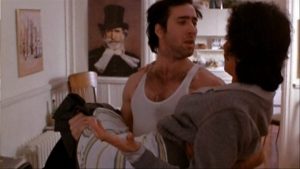 Other tips to keep the dialogue sizzling:
Other tips to keep the dialogue sizzling:
Cut to the chase–dialogue is real-life conversation on a strict diet.
Raise the stakes–make the characters’ differences key to the plot and the issues at hand important.
A well-written dialogue scene ends with one character somehow changed.
Avoid static conflict like bickering, irritation
Give each character an agenda–in fact give all your major characters an agenda throughout the story.
Give the character’s differing or opposite values.
Use dialogue to show a character’s evolution or arc.
Use subtext to insert a layer of meaning and emotions beneath the conversation. Unease, flirting, embarrassment, distracted–all can be shown in subtext. If you’re into classic movies revisit some of Humphrey Bogart and Lauren Bacall’s scenes. Now that’s sizzle.
Keep it focused—don’t let your characters veer off on tangents as happens in life.
Use props to reveal subtext–there’s a reason characters used to smoke a lot in films and television series.
Avoid repetition of key words, ideas, statements.
No preaching. Unless it’s an actual sermon. No uninterrupted speech because it’s dull.
Engineer misunderstandings if it suits the plot.
Interrupt just as it happens in your life and mine.
Be wary of using direct question and answer sessions. This works best in a courtroom scene.
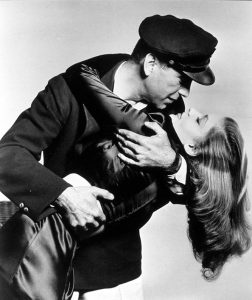
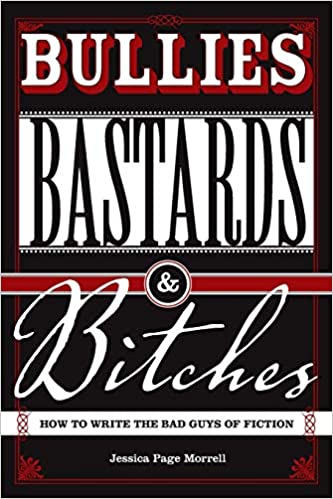

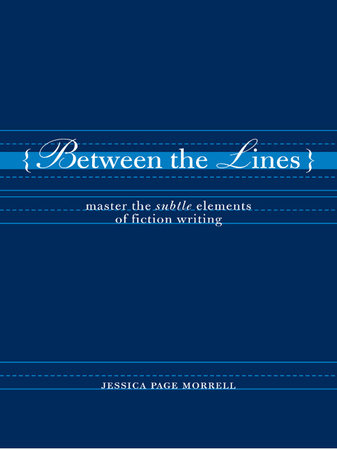

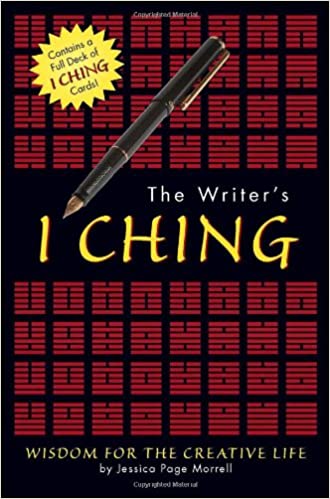
Leave a Reply